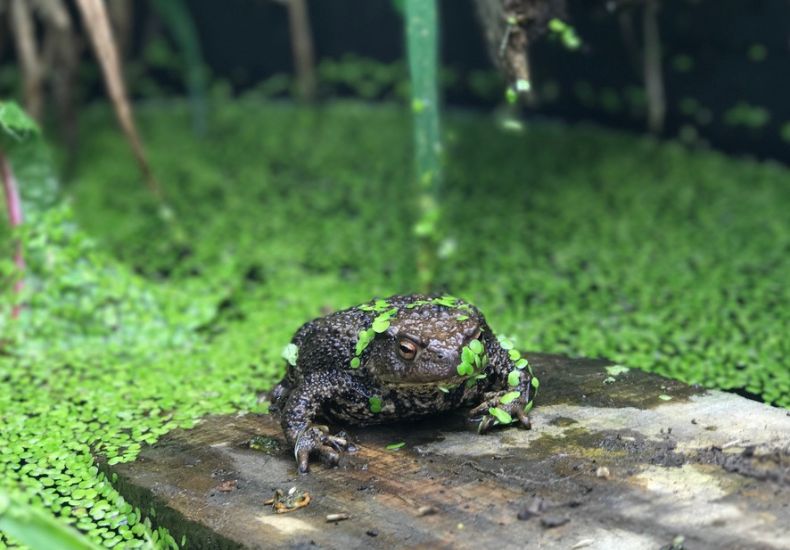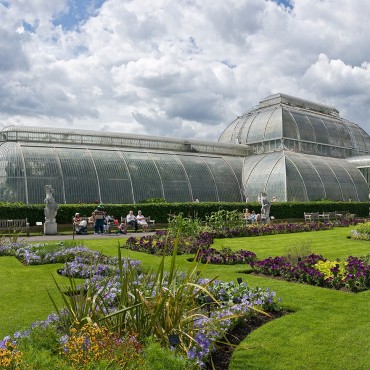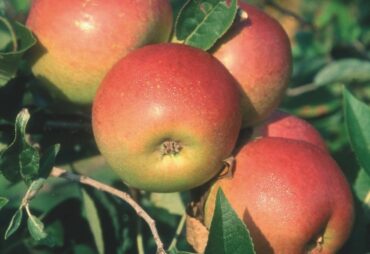No matter what size your garden, a pond is always a good idea. Not only does it allow you to grow a beautiful variety of aquatic plants, but ponds are one of the best ways to boost wildlife in your garden. Get it right and you’ll quickly see dragonflies, diving beetles and drone-flies and, if you’re lucky, frogs and newts too.
Want to create a wildlife pond? Here are some fantastic tips on pond design, plant choice and ongoing maintenance from those in the know…
Browse our full range of pond plants for more inspiration.
Contents
- Best advice on designing a wildlife pond
- Best advice on pond plants for wildlife
- Best advice on pond plants for water quality
- Best advice on planting aquatic plants
- Best advice on pond maintenance
Best tips for designing a wildlife pond
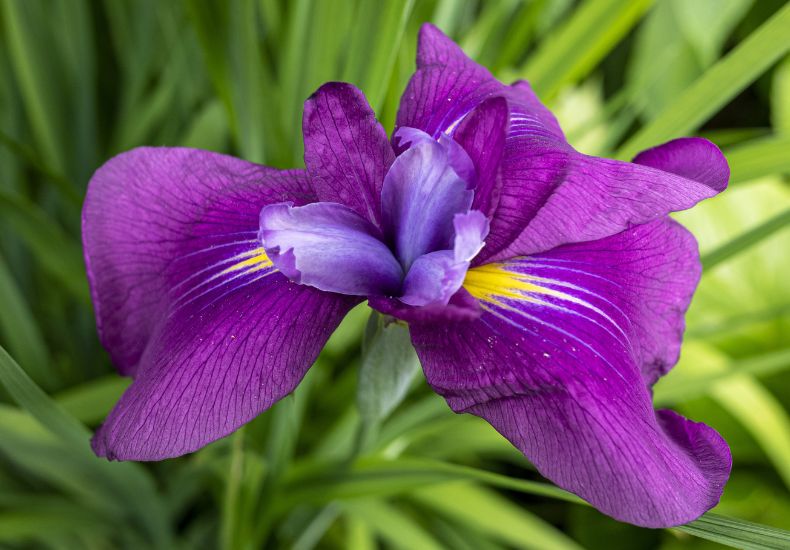
This Japanese Iris is ideal for bog gardens surrounding a pond
Image: Iris ensata (Marginal Aquatic) from Suttons
According to Richard Bowman, aka @northern_horticulturist, getting the location of your pond right is vital. To encourage the best plant growth and biodiversity, he recommends a spot with partial sun that won’t get too warm in summer. Richard suggests not having fish, as they can disrupt the ecosystem.
The best wildlife ponds are sunk into the ground, allowing all animals to visit easily, says Becky Searle, author of the new book Grow a New Garden. Ideally, you should include tall plants to act as perches for dragonflies and damselflies, and spreading plants like frogbit or lilies to provide cover for aquatic creatures. Because different aquatic plants need different water depths, Becky recommends having deeper and shallower areas to allow for plenty of variety.
A pond doesn’t have to be very big to attract wildlife, says Steve Newland, aka @snewland97. But it should incorporate shallow edges with pebbles gradually sloping into the water to allow things to crawl in and out easily and to stop anything from drowning. A deep area is great for overwintering creatures, as this water won’t freeze.
Carol from The Sunday Gardener recommends choosing the plants you’d like to grow before you dig out your pond. This helps you get the depths right. She says that some types of Water Lilies need 90cm of water, while marginal plants should be planted in relatively shallow zones. Forward planning is her top tip, starting with your preferred list of plants.
Hayley Brown from @hayleys_lottie_haven has just moved house and, in the process, acquired a large, 8ft-deep pond. Teeming with frogs, toads and newts, it’s located in a woodland clearing visited by deer, foxes, ducks, bats, and lots of birds including woodpeckers and a barn owl. Hayley believes that her new pond is attractive to wildlife because it has such varied depths. But being quietly situated away from the formal lawn also means that creatures are undisturbed by human activity.
Best pond plants for wildlife
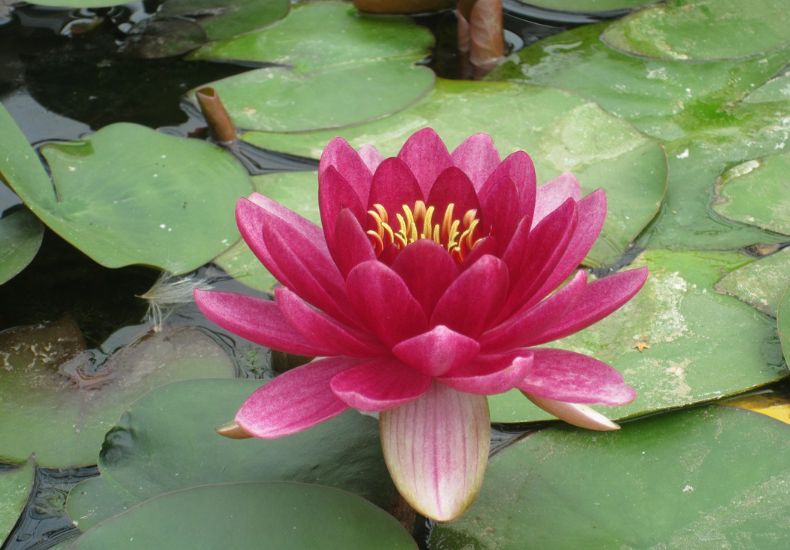
This striking water lily flowers freely all summer
Image: Nymphaea ‘Perry’s Baby Red’ (Deep Water Aquatic) from Suttons
When designing her new wildlife pond, Beth from Pumpkin Beth created ‘shelves’ at different depths to allow her to grow interesting marginal plants. But it’s the surrounding ‘bog beds’ that offer some of the best benefits for wildlife. The moisture-loving plants that she grows in these boggy areas provide vital cover for visiting amphibians, insects and mammals. And it’s a very important buffer zone between the pond and lawnmower blades.
When choosing pond plants, think about what wildlife you’re trying to attract, says Becky Searle, author of Grow a New Garden. Flowering plants are a brilliant way to attract pollinators, while Water Forget-Me-Not is an easy-to-grow choice that attracts newts, who like to lay their eggs amongst the leaves. Becky also recommends Brooklime and Frogbit – native plants that are familiar to the creatures visiting our ponds.
Richard Bowman from @northern_horticulturist also recommends including native British plants like Marsh Marigold, Watermint and Water Forget-Me-Not which provide food and shelter for insects, amphibians and small birds. He says that floating plants like Frogbit offer welcome shade and protection for pond life, while oxygenators like Hornwort improve water quality. When it comes to marginal plants, Richard is a fan of Yellow Flag Iris, an essential habitat.
“I once spent three hours watching a dragonfly larva crawl out of the pond, up a lily stem, and then hatch out into a mature dragonfly,” says Steve Newland from @snewland97. Like all plants, what you choose is a matter of personal taste, but Steve prefers a mix of Water Mint, Marshmarigold, Hornwort, Canadian Pond Weed and Water Lilies. Irises are lovely, and also great for wildlife, he adds.
Best pond plants for water quality
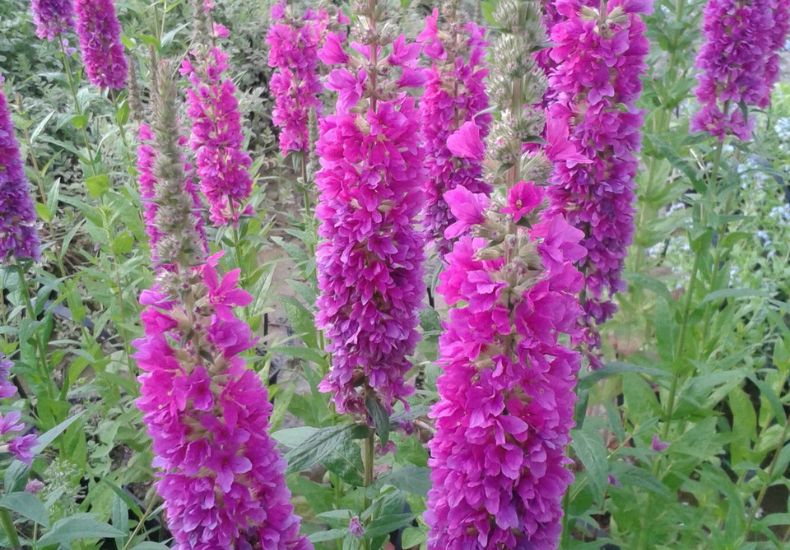
Purple Loosestrife is a striking marginal aquatic that thrives in shallow pond margins
Image: Lythrum salicaria ‘Robert’ (Purple Loosestrife) from Suttons
“Hornwort has to be my go-to for water quality,” says Becky Searle, author of Grow a New Garden. She explains that it’s great at filtering out particulates, and is super easy to grow. In addition, it’s a brilliant oxygenator, and provides a welcome underwater habitat for wildlife.
For the best water quality, Richard Bowman from the @northern_horticulturist says you definitely need to include oxygenators like Hornwort and Water Crowfoot which help to prevent algae by absorbing excess nutrients. But providing shade also reduces excessive algae growth, so floating plants like water lilies are a good idea. Richard’s essential marginal plants for water quality? He says that Pickerel Weed and Purple Loosestrife help to filter pollutants while adding beauty to the pond’s edge.
While choosing the right pond plants does help with water quality, Beth from Pumpkin Beth has taken this a step further by adding a stream and waterfall to help oxygenate the water. Her pond water is pumped out and recycled through a ‘bog filter’ to remove detritus, in a similar way to a reed-bed filtration system. Aquatic plants are buried directly into the gravel bottom of her bog filter so that they can absorb nutrients from the decaying matter.
Best way to plant aquatics
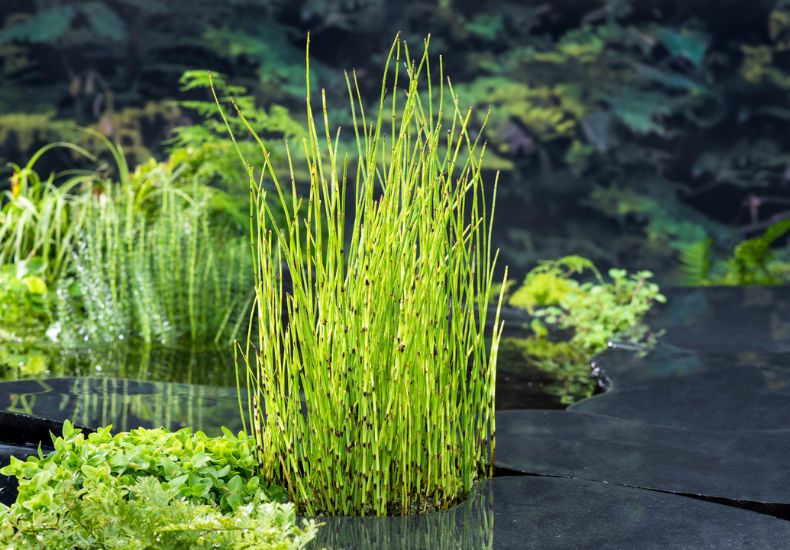
This Barred Horsetail is easy to propagate
Image: Equisetum japonicum (Marginal Aquatic) from Suttons
According to Richard Bowman from @northern_horticulturist, planting baskets are a good way to plant up ponds. He recommends filling them with special aquatic compost to prevent the soil from clouding the water, then anchoring them down with gravel to stop them from floating away.
Becky Searle, author of Grow a New Garden prefers to wrap her pond plants in hessian, muslin or porous natural fabric to prevent the soil from escaping into the water. She simply folds it over the top of the soil and weighs it down with pea shingle. The roots of the plant will bind the soil together over time, but the fabric stops excess nutrients (which can lead to algal blooms and duck weed proliferations) leaking out in the meantime.
Over at @robgardensandgrows, Rob likes to propagate his own pond plants. Towering spires of Horsetail reeds are amongst his favourites – he says that you just snap off a healthy stem, put the base of that stem back in the water, and the roots will grow like magic! Because he lives in quite a windy spot, he weighs down the base of these tall beauties with stones to keep them standing strong.
Alexandra Campbell from @the_middlesized_garden says that a multi-pack pond basket kit is the easiest way to add plants to a small container pond… She bought a trio of Water Iris, Marsh Marigold and Equisetum and simply put it in the pond in the container it came in, balanced on a brick. Her trio of plants has been trouble-free and the iris and marigold flower again every year.
Best pond maintenance tips
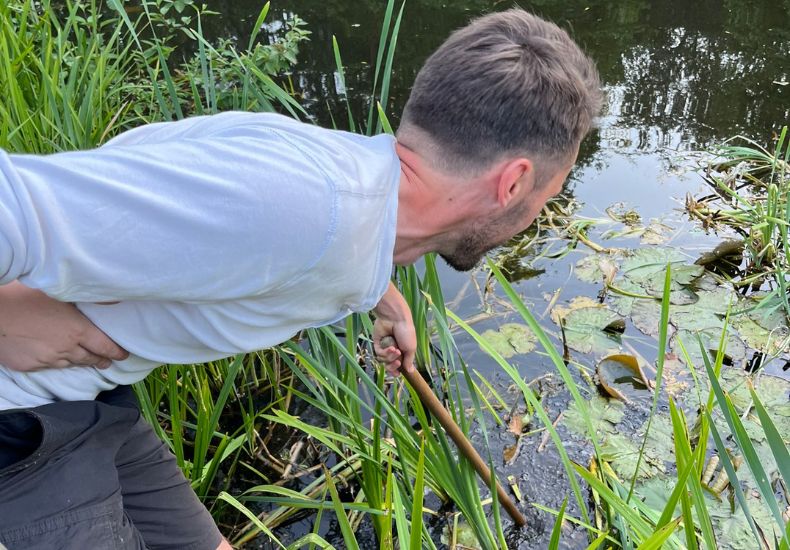
Regular maintenance helps to keep your pond healthy
Image: Courtesy of Richard Bowman
The best way to keep your pond water clean is by using beneficial bacteria, says Becky Searle, the author of Grow a New Garden. She explains that they eat up the excess nutrients to help keep the water clear. This can be done either by regularly adding them from a bottle, or by using a pump with a filter.
Maintain your pond with cleaning and oxygenators, says Richard Bowman, the @northern_horticulturist. Start by regularly removing dead leaves to prevent a buildup of sludge at the bottom of the pond. He also recommends installing a small solar-powered pump to help circulate the water. For winter maintenance, Richard suggests keeping a small ice-free area for oxygen exchange. Do this by pouring a little boiling water on the iced surface rather than cracking the ice with force, as this could disturb the aquatic life beneath.
Sarah Taffe from Digging the Earth has a small and very low-maintenance pond at her allotment to encourage frogs and toads to protect her vegetables from pests. A well-planted pond will more or less look after itself, she says, but try not to add tap water if you can help it. Rainwater is better and less likely to cause problems. If it starts to get overgrown, simply remove a few plants in autumn and leave them nearby so anything living inside can crawl back.
Julia from @parkers_patch transformed a zinc container into a mini frog pond which also acts as a magnet for insects. She uses aquatic plants like water lilies, irises and water crowfoot to keep the water clear. Julia says rain water is best, but if you have to use tapwater, let it sit for at least 48 hours before planting to give the chlorine a chance to evaporate.
Creating a wildlife pond is a wonderful way to contribute to your garden’s ecosystem while growing interesting aquatic plants. If you’ve been putting it off because you don’t have the ‘right’ materials, Sarah from Digging the Earth has the following advice: don’t! She says, use what you’ve got, plant a few things, and give wildlife a way in (and out). The rest tends to sort itself out…
Lead Image: Courtesy of Sarah Taffe
Last Updated on May 14, 2025 by Suttons Horticultural Team

